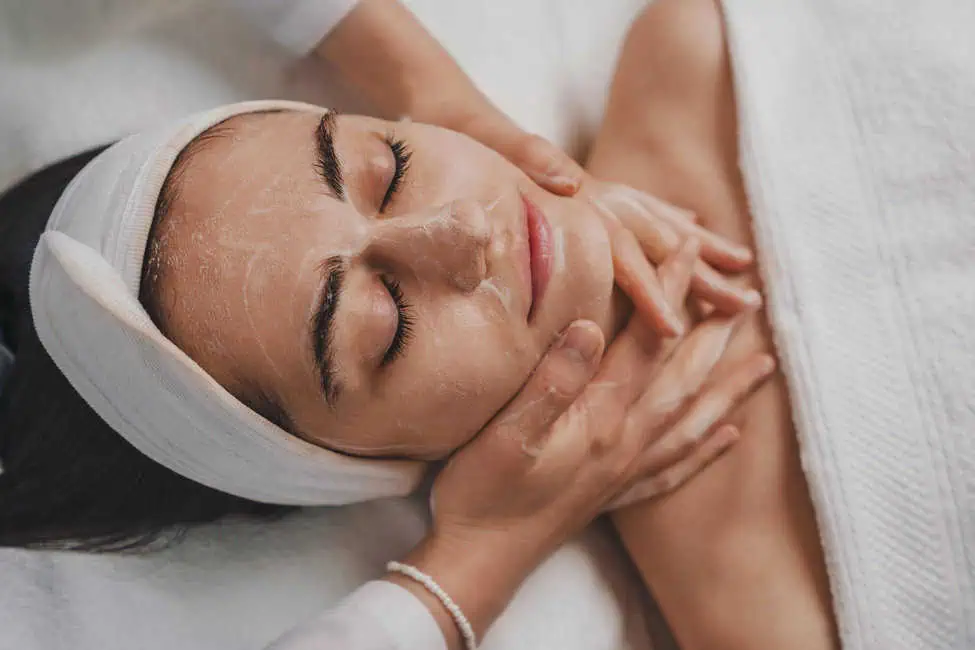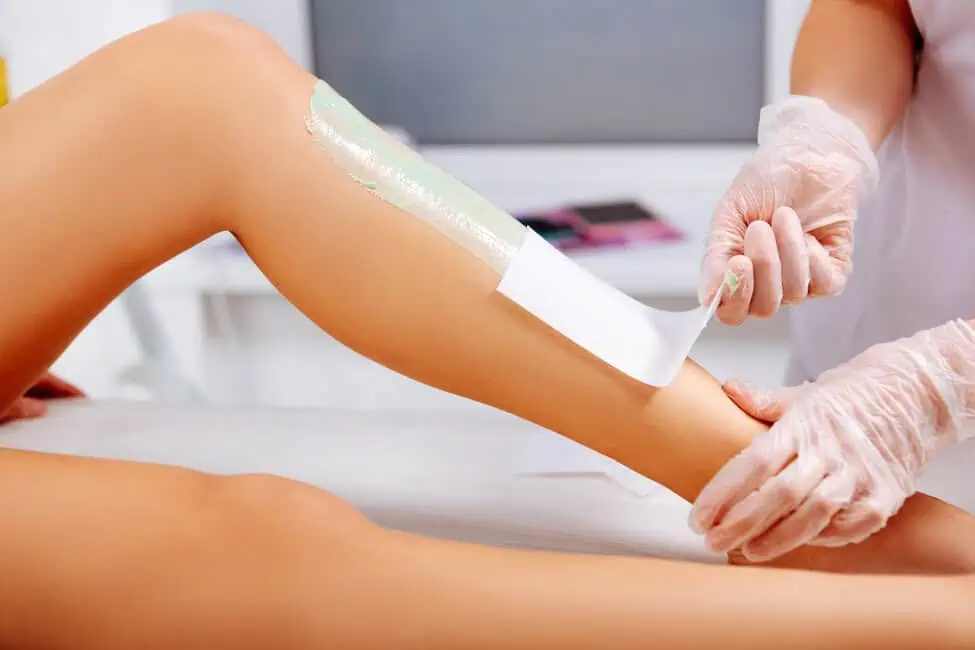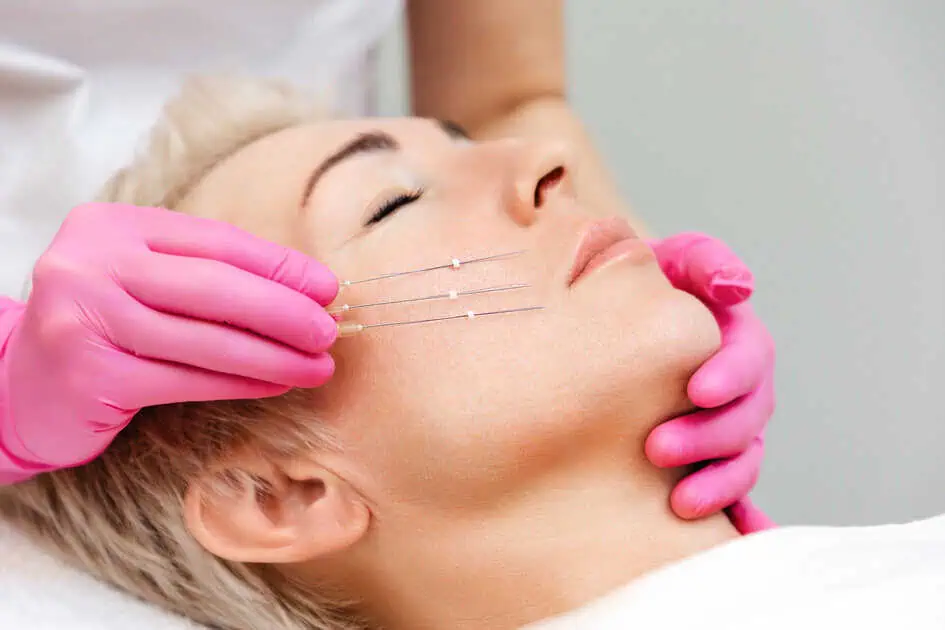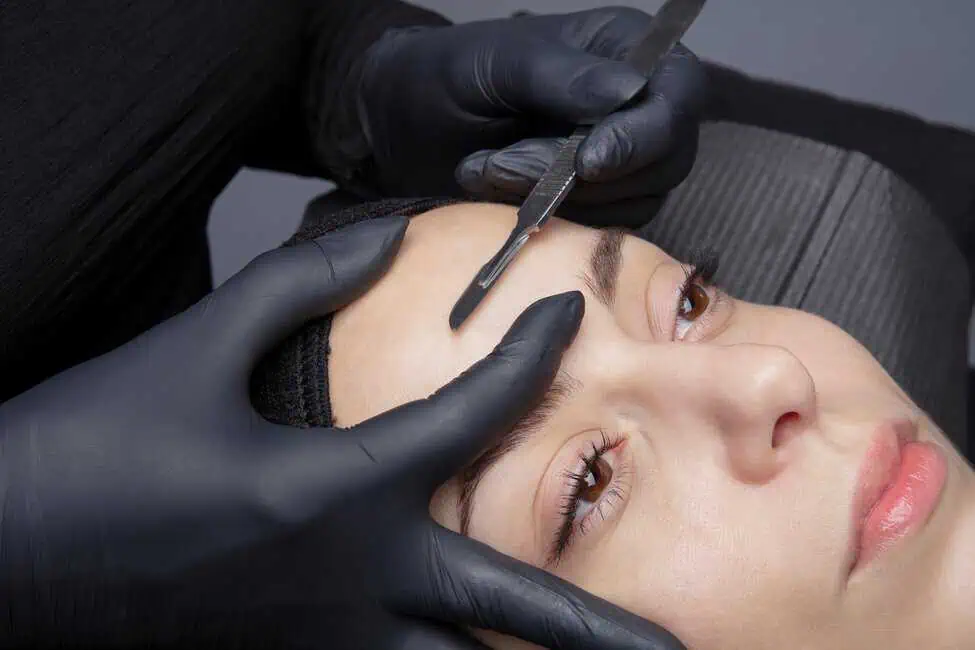Introduction:
Dermal fillers have revolutionized the field of aesthetics, offering individuals a non-invasive way to enhance their facial features and rejuvenate their appearance. Whether plumping lips, smoothing wrinkles, or restoring lost volume, dermal fillers have become popular for those seeking a quick and effective cosmetic enhancement. However, like any cosmetic procedure, it’s essential to understand the post-treatment restrictions and care guidelines to ensure optimal results and minimize the risk of complications. In this article, we’ll delve into the various restrictions and considerations that come into play after getting dermal fillers, shedding light on what to expect and how to care for your skin post-treatment.
Understanding Dermal Fillers:
Before delving into the restrictions post-treatment, let’s briefly touch upon what dermal fillers are and how they work. Dermal fillers are injectable substances typically composed of hyaluronic acid, a naturally occurring substance in the body that helps maintain hydration and volume in the skin. When injected into specific areas of the face, dermal fillers can add volume, smooth wrinkles, and enhance facial contours, providing a more youthful and refreshed appearance. Common areas treated with dermal fillers include the lips, cheeks, nasolabial folds, and under-eye hollows.
Post-Treatment Restrictions:
After receiving dermal fillers, following certain restrictions and guidelines is crucial to ensure the best possible outcome and minimize the risk of complications. Here are some key restrictions to keep in mind:
- Avoiding Strenuous Activities: In the immediate aftermath of dermal filler treatment, it is advisable to avoid strenuous activities and exercise for at least 24 to 48 hours. Vigorous physical activity can increase blood flow to the face, potentially causing swelling, bruising, or displacement of the filler.
- Minimizing Sun Exposure: Sun exposure can exacerbate swelling and bruising post-treatment, so it’s essential to minimize sun exposure and wear sunscreen with a high SPF when outdoors. Sun protection is crucial not only for preventing pigmentation issues but also for maintaining the longevity of the filler results.
- Avoiding Heat: Heat can also exacerbate swelling and inflammation in the treated area. Therefore, it’s best to avoid hot showers, saunas, steam rooms, and hot tubs for at least 48 hours post-treatment.
- Refraining from Alcohol and Caffeine: Both alcohol and caffeine can increase the risk of bruising and swelling after dermal filler injections. It’s advisable to avoid consuming alcohol and caffeine for at least 24 hours post-treatment to minimize these risks.
- Gentle Skincare Routine: Following a gentle skincare routine post-treatment is essential to avoid irritating the skin and disrupting the filler placement. Avoid harsh exfoliants, retinoids, and abrasive scrubs for at least a week after treatment.
- Avoiding Blood-Thinning Medications: Certain medications and supplements, such as aspirin, ibuprofen, and fish oil, can thin the blood and increase the risk of bruising. As advised by your healthcare provider, it’s essential to avoid these medications for a few days before and after dermal filler injections.
- Sleep Position: Sleeping with your head elevated on an extra pillow can help reduce swelling and promote proper lymphatic drainage post-treatment. Sleeping on your back can also prevent unintentional pressure on the treated area, minimizing the risk of displacement.
- Follow-Up Care: Attend any scheduled follow-up appointments with your aesthetic provider to assess the results and address any concerns or questions you may have. Your provider may recommend additional treatments or adjustments to achieve your desired outcome.
Managing Swelling and Bruising:
After receiving dermal filler injections, it’s common to experience swelling and bruising in the treated area. Swelling typically peaks within the first 24 to 48 hours and gradually subsides over the following days. To help manage swelling and bruising, apply cold compresses or ice packs to the treated area for short intervals, being careful not to apply direct ice to the skin to avoid frostbite. Additionally, consider using arnica gel or cream, a natural remedy known for its anti-inflammatory properties, to help reduce bruising and promote healing. It’s also essential to avoid activities that may increase blood flow to the face, such as vigorous exercise, hot showers, and alcohol consumption, as these can exacerbate swelling and bruising.
Post-Treatment Care Products:
Choosing the right skincare products post-treatment can significantly affect the outcome of dermal filler injections. Look for gentle, hydrating skincare products free of harsh ingredients that may irritate the skin. Consider incorporating products containing hyaluronic acid, such as moisturizers and serums, to help maintain hydration and prolong the effects of the filler. Additionally, consider using products with ingredients like vitamin C, antioxidants, and peptides, which can help promote collagen production and skin healing. Always consult your aesthetic provider for personalized product recommendations tailored to your skin type and concerns.
Dietary Recommendations:
Your diet can support skin health and healing post-dermal filler treatment. Focus on consuming a balanced diet rich in nutrient-dense foods, including fruits, vegetables, lean proteins, and healthy fats. Increase your water intake to stay hydrated and support skin elasticity. Incorporate foods rich in antioxidants, such as berries, leafy greens, and nuts, which can help reduce inflammation and promote skin healing. Add collagen-boosting foods like bone broth, fish, and citrus fruits to your diet to support collagen production and maintain skin firmness.
Long-Term Maintenance:
While dermal fillers offer immediate results, a long-term maintenance plan is essential to preserve the results and address any signs of aging that may develop over time. Schedule regular follow-up appointments with your aesthetic provider to assess the longevity of your filler results and discuss any touch-up treatments that may be necessary. Consider incorporating other aesthetic treatments, such as neurotoxin injections (e.g., Botox) or laser resurfacing, to complement the effects of dermal fillers and achieve comprehensive facial rejuvenation.
Common Side Effects and How to Manage Them:
Other common side effects of dermal filler injections, in addition to swelling and bruising, may include redness, tenderness, and asymmetry. While these side effects are typically mild and temporary, knowing how to manage them effectively is essential. Avoid touching or massaging the treated area to prevent displacement of the filler and exacerbation of side effects. If you experience persistent or severe side effects, contact your aesthetic provider for further guidance and evaluation.
Sun Protection Strategies:
Protecting your skin from the sun is crucial post-dermal filler treatment to prevent pigmentation issues and maintain the integrity of the filler results. Apply a broad-spectrum sunscreen with a high SPF daily, even on cloudy days, and reapply every two hours when outdoors. Wear protective clothing, such as wide-brimmed hats, sunglasses, and long sleeves, to shield your skin from harmful UV rays. Seek shade whenever possible, especially during peak sun hours between 10 a.m. and 4 p.m., to minimize sun exposure and reduce the risk of sun damage.
Precautions for Specific Treatment Areas:
Different areas of the face may require specific precautions and care guidelines post-dermal filler treatment. For example, individuals who have received lip fillers should avoid excessive lip movements, such as puckering or stretching, to prevent displacement of the filler and maintain natural-looking results. Similarly, individuals who have had cheek fillers should avoid sleeping on their sides or applying pressure to the cheeks to prevent compression of the filler and uneven distribution. Your aesthetic provider can provide tailored recommendations for caring for specific treatment areas based on your unique anatomy and treatment goals.
Conclusion:
As you embark on your journey with dermal fillers, remember that your commitment to post-treatment care plays a crucial role in achieving the best possible results. Whether you’re considering dermal fillers for the first time or seeking guidance on maintaining your current filler results, we’re here to support you every step.
- If you have any questions or concerns or would like to schedule a consultation with one of our experienced aesthetic providers, don’t hesitate to contact us. Our team at Elle Aesthetics Utah is dedicated to helping you achieve your aesthetic goals and enhance your natural beauty with confidence.
Take the next step toward radiant, youthful-looking skin by contacting us today. Together, we’ll create a personalized treatment plan that addresses your unique needs and aspirations, ensuring that you love the skin you’re in. Embrace the possibilities with Elle Aesthetics Utah and discover the transformative power of dermal fillers.








